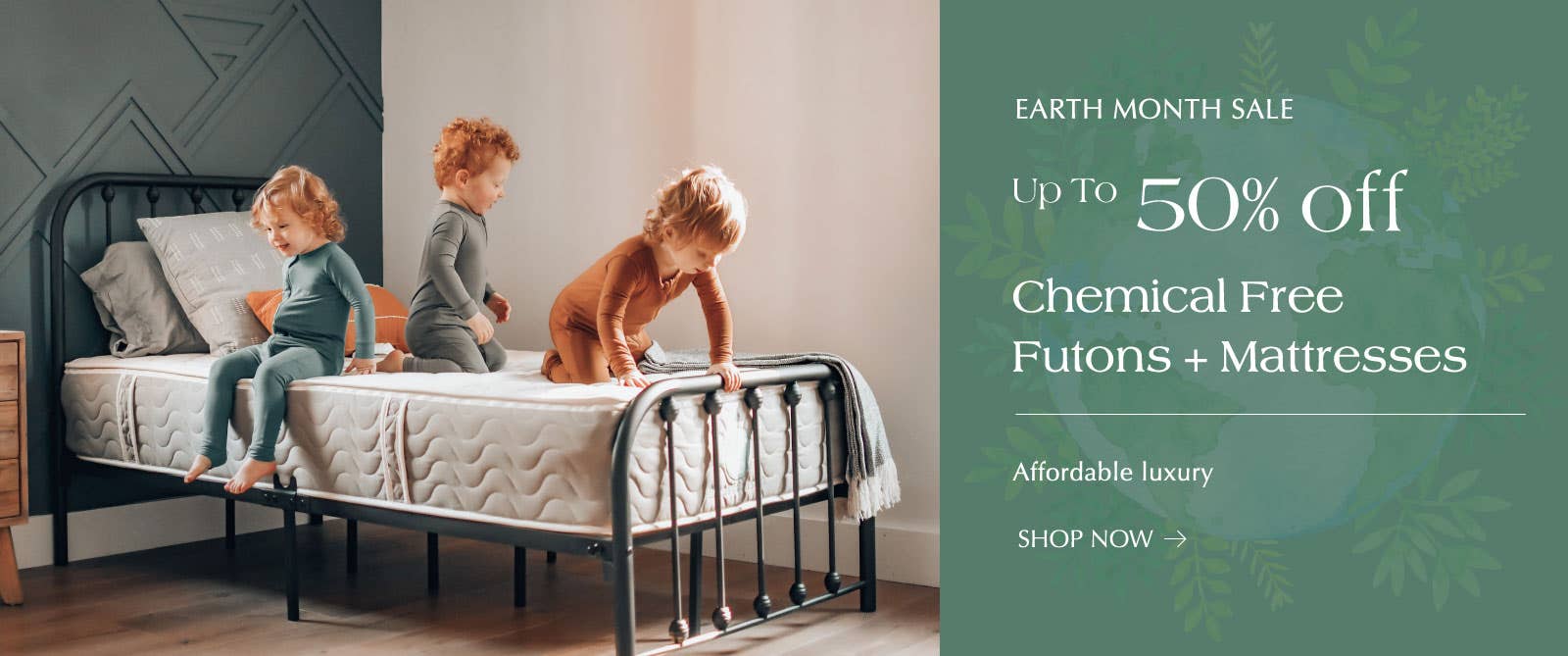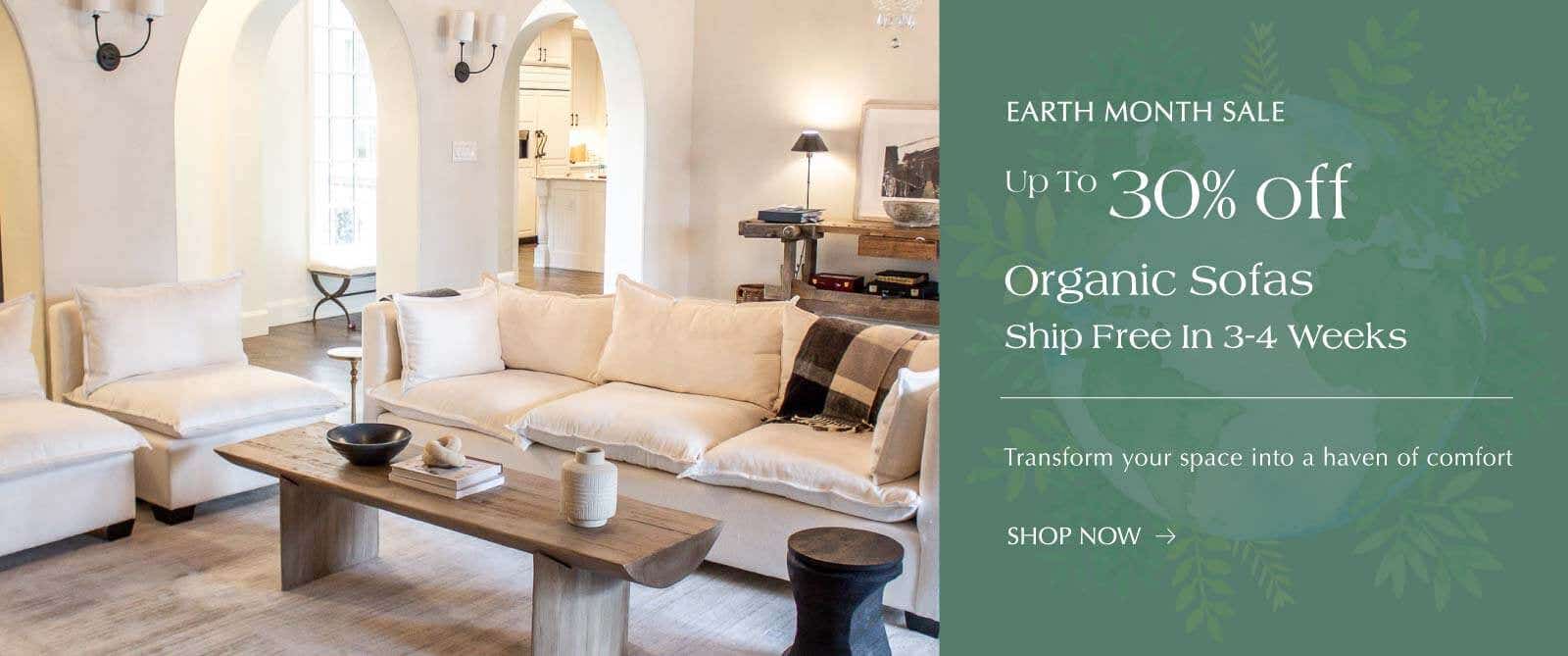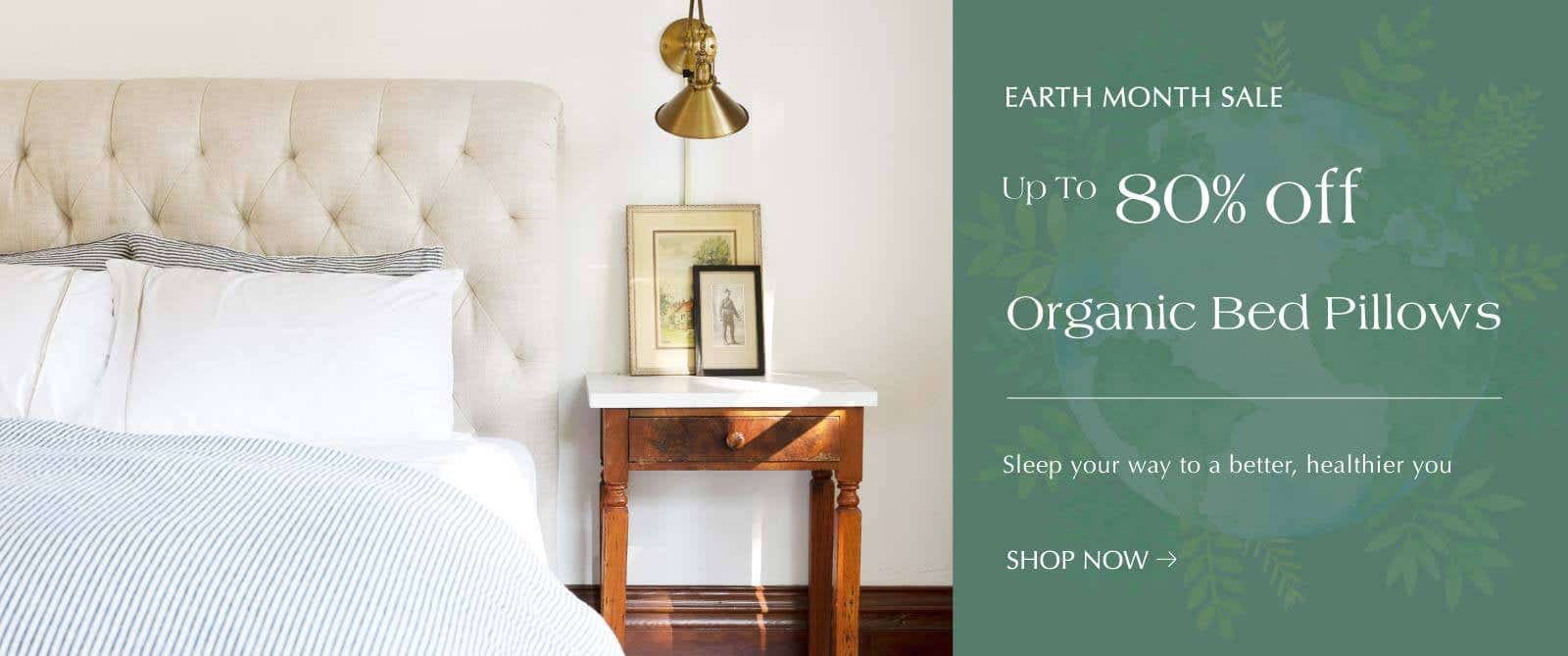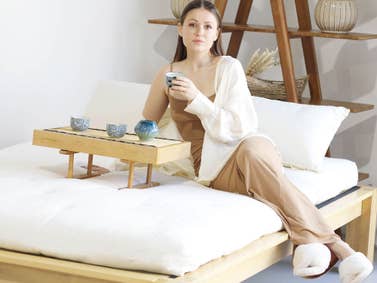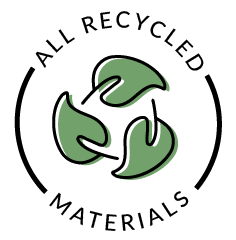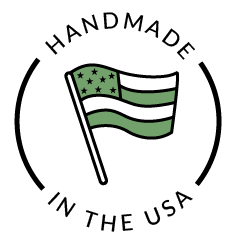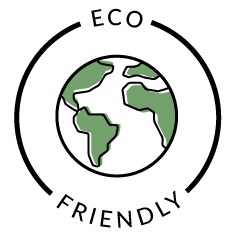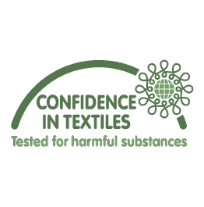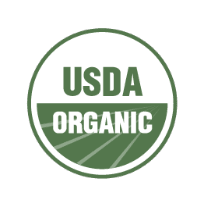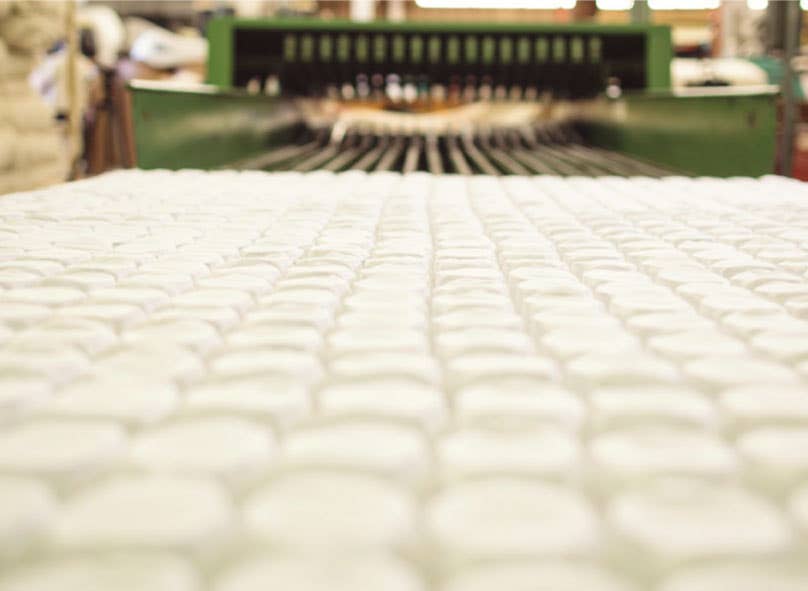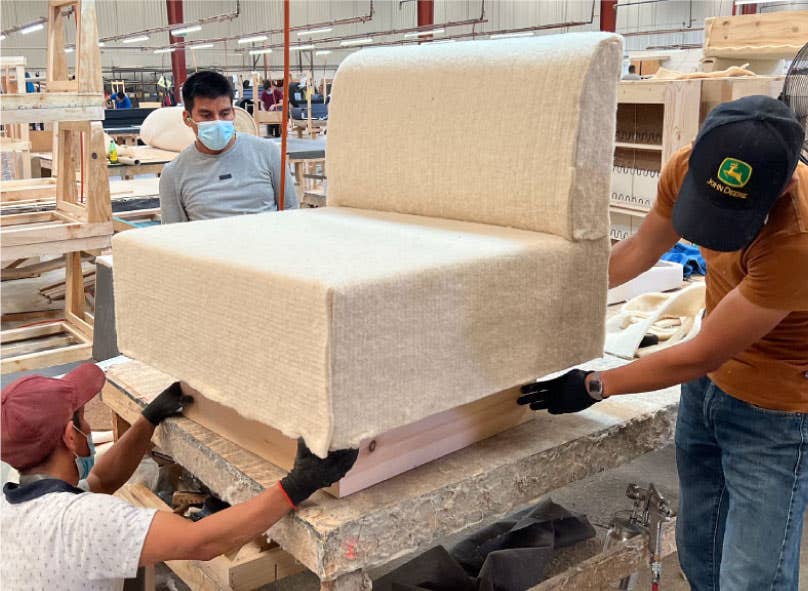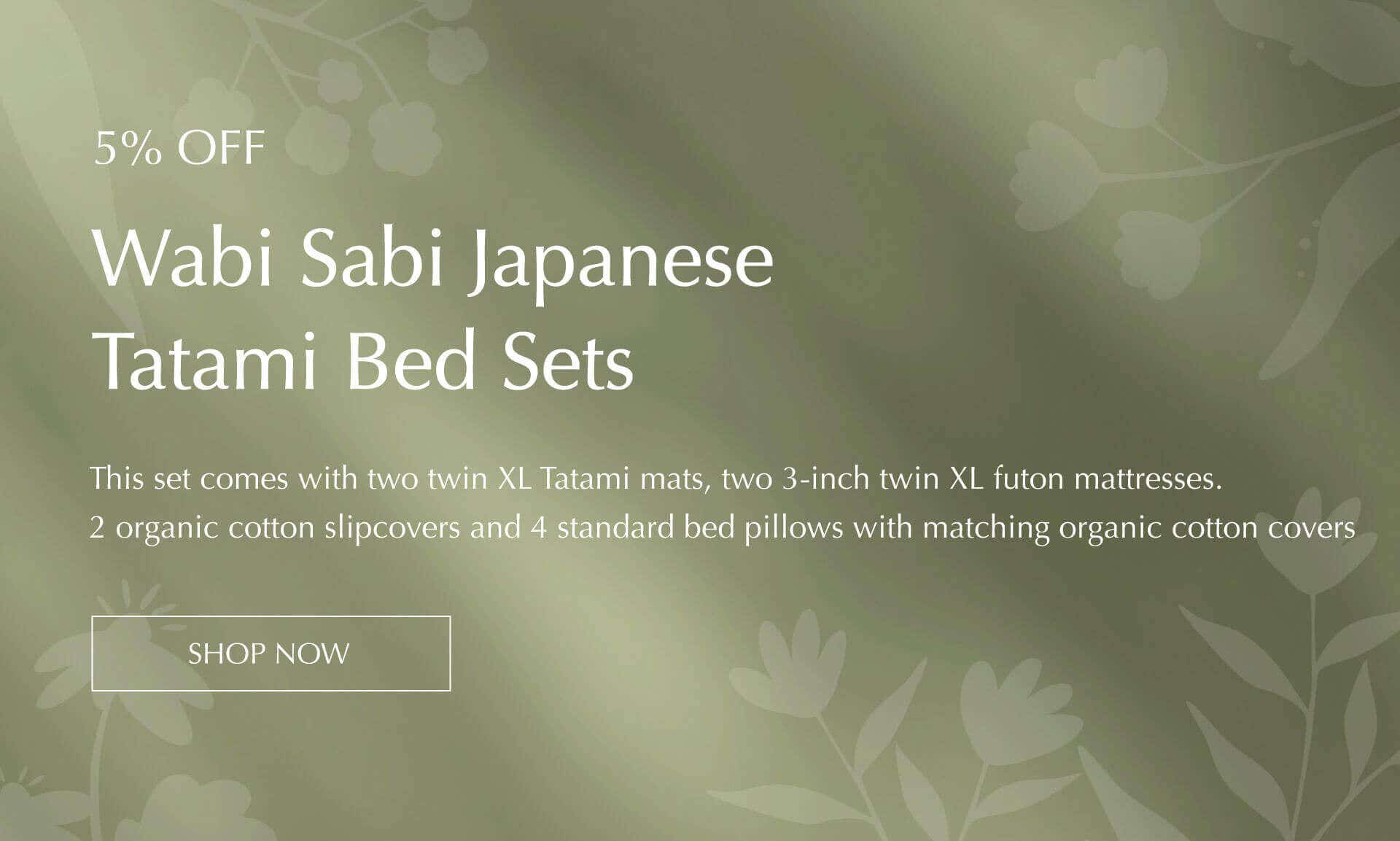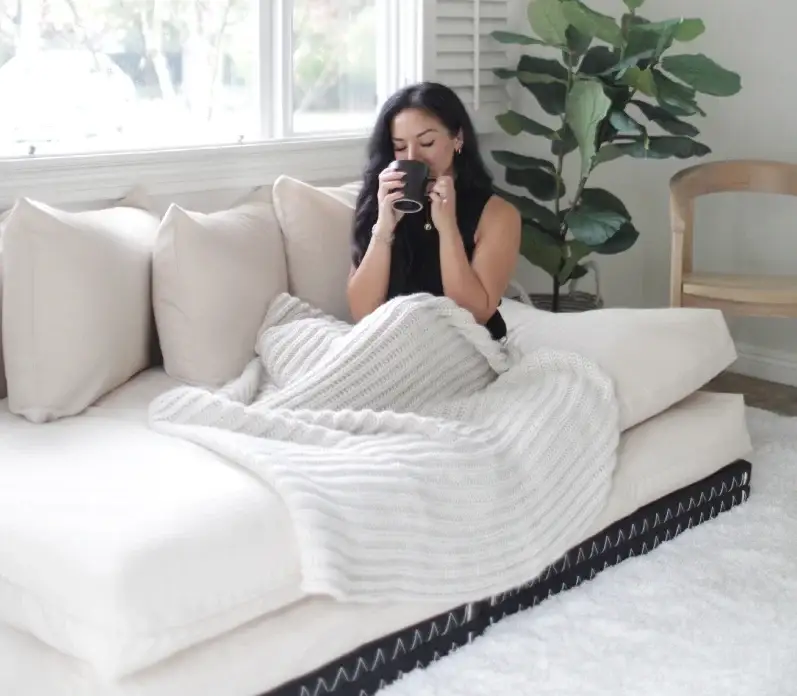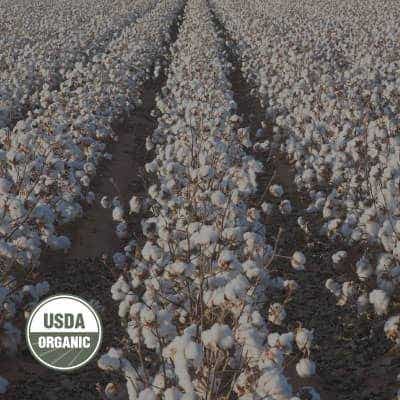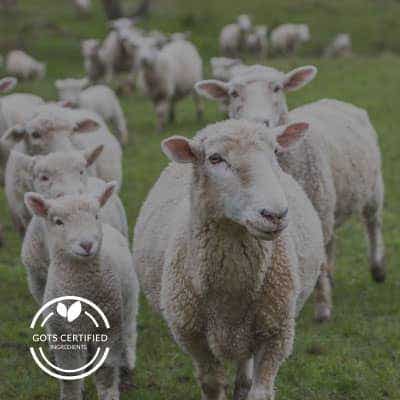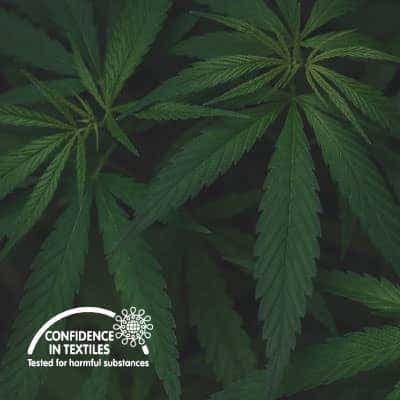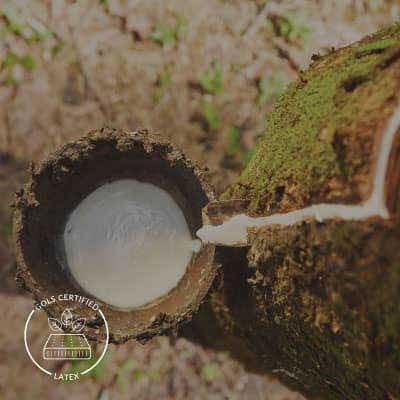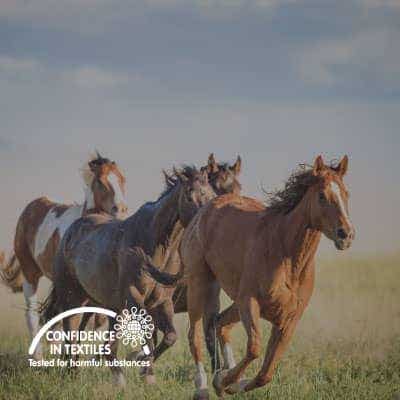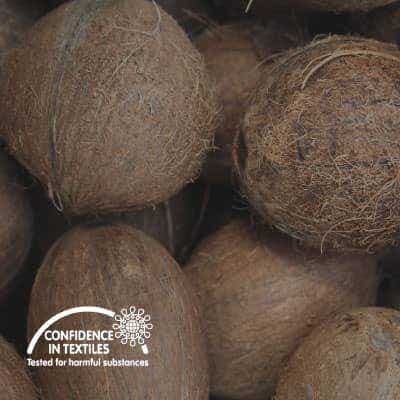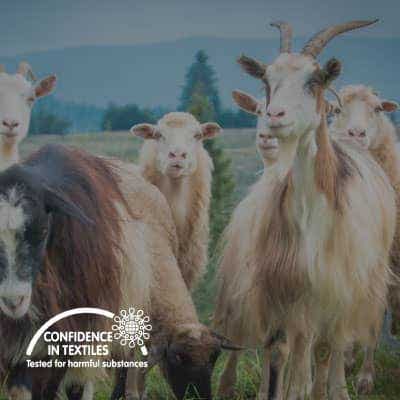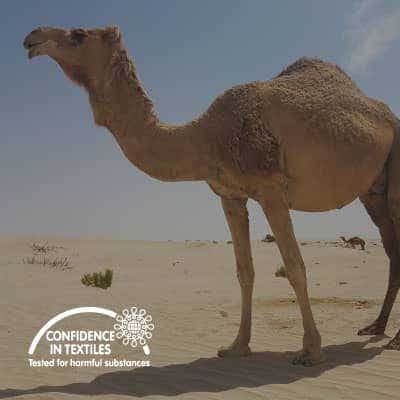Natural Futons, Organic Sofas & Organic Mattresses Sale
Luxury Meets Sustainability: The Futon Shop's Natural Home Collection - Save on Futons, Mattresses, Sofas, and Bedding. + Free Delivery on All Sofas!
47 + Years of Handcrafting, Affordable Organic Furniture
DESIGNED FOR YOUR COMFORT & PEACE OF MIND

Up To 50% off
Shop Now



Healthy Home | Non-Toxic | Handcrafted In California
Transform your space with our eco-friendly futon frame sets - Top Luxury Futon Bedding Essentials
Amish Futon Frames
Timeless craftsmanship, durable construction, and rustic charm
Providing a perfect foundation for a comfortable futon bed
Timeless craftsmanship, durable construction, and rustic charm
Providing a perfect foundation for a comfortable futon bed
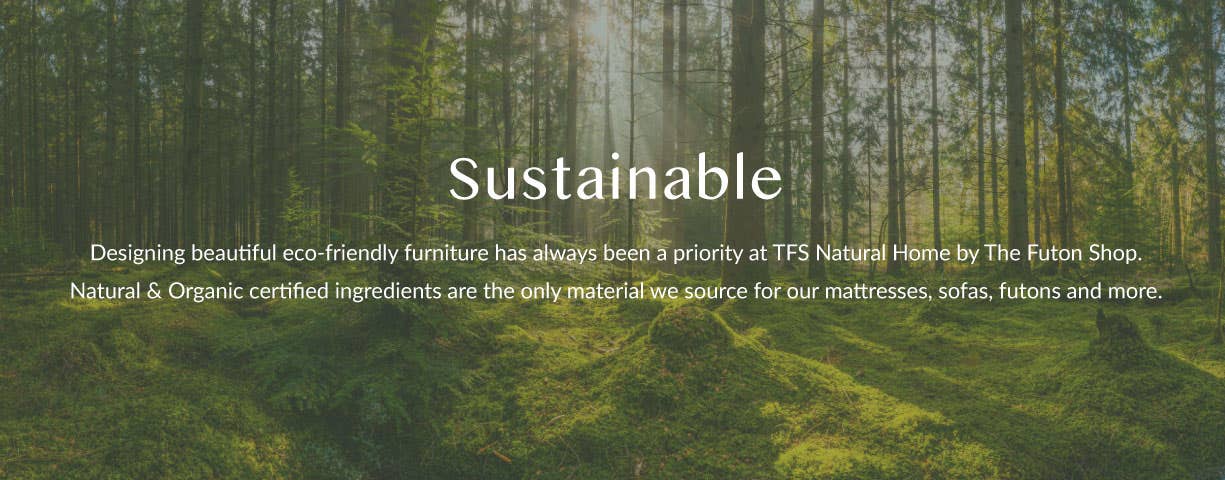
Certified Organic Ingredients
Our mattresses, bedding and sofa materials have been verified by top accredited methods and approved by organic standard. Our handcrafted mattresses are made with certified organic ingredients including: USDA Organic Cotton, GOTS Organic Wool, GOLS Organic Latex and covered with Organic Cotton Fabric that is GOTS Certified, so you can be sure from surface to the base that every ingredient is made without harmful toxins.
“...It's eco-friendly…and it's made from certified organic materials...”

- Sonja Morgan
The Real Housewives of New York See More Reviews →
Featured In
Visit Our Showrooms

